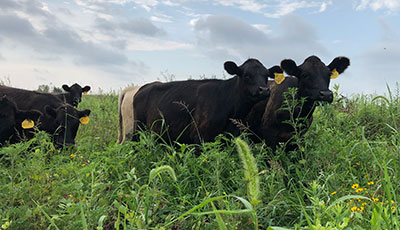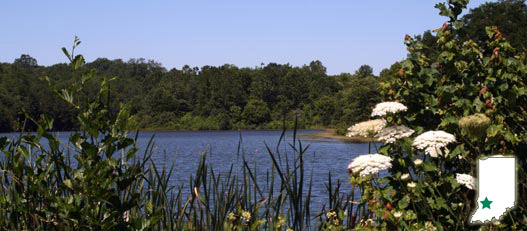Hillenbrand FWA advisories
- The Indiana Department of Natural Resources has adjusted services, events and operations to protect Hoosiers and prevent further spread of COVID-19. Please visit on.IN.gov/dnrcovid19 for a listing of what is open, closed, restricted and canceled.
- All visitors must obtain a one-day access permit before entering the field, regardless of their activity. Visitors must keep their one-day access permit on them while visiting and must complete and return their permit to a self-service booth, drop-box, or the office before leaving.
- Description
Hillenbrand Fish & Wildlife Area (FWA) is dedicated to providing quality hunting and fishing opportunities while maintaining 3,631 acres of upland game and wetland habitat, lakes and shallow impoundments. It is located east and west of S.R. 59 approximately five miles north of Linton.
The property was purchased by the state in 1995. Wildlife management efforts began immediately on the mostly reclaimed surface mine land in Greene County. Hillenbrand is 60 percent grasslands with 125 acres of wetland habitat. The property is named after Indiana businessman John A. Hillenbrand II for his dedication to Indiana's natural resources.
Most revenues used in land acquisition, development, operation and maintenance of Hillenbrand FWA are from the sale of game bird habitat hunting stamps and federal aid programs supporting sport fish and wildlife restoration. Federal funds are derived from taxes levied on sport fishing, shooting, and hunting equipment. Indiana hunters and anglers are proud to provide this property for the enjoyment of all people.
Hillenbrand FWA is managed by Goose Pond FWA.
Prescribed grazing

Prescribed grazing is used to create beneficial disturbance on Fish & Wildlife Areas (FWAs) and accomplish specific vegetation management goals using domestic livestock. A limited number of livestock will graze or browse an area of land for a pre-planned timeframe to benefit native plants and improve wildlife habitat.
Hillenbrand FWA is piloting this new management practice for the Indiana DNR Division of Fish & Wildlife. In partnership with a local private cattle producer, cattle grazing is expected to occur in two fenced-in areas on the western side of Hillenbrand FWA during the summer months. Public access will not be affected, but visitors should be aware and take caution when entering areas where cattle are present.
- Activities
- Rules
- Maps

